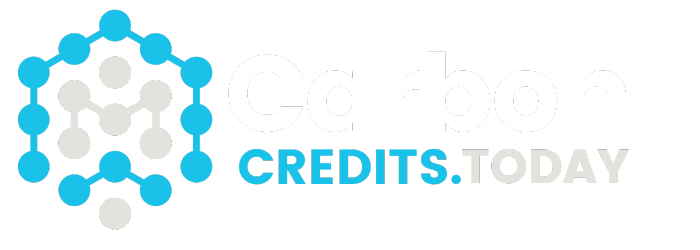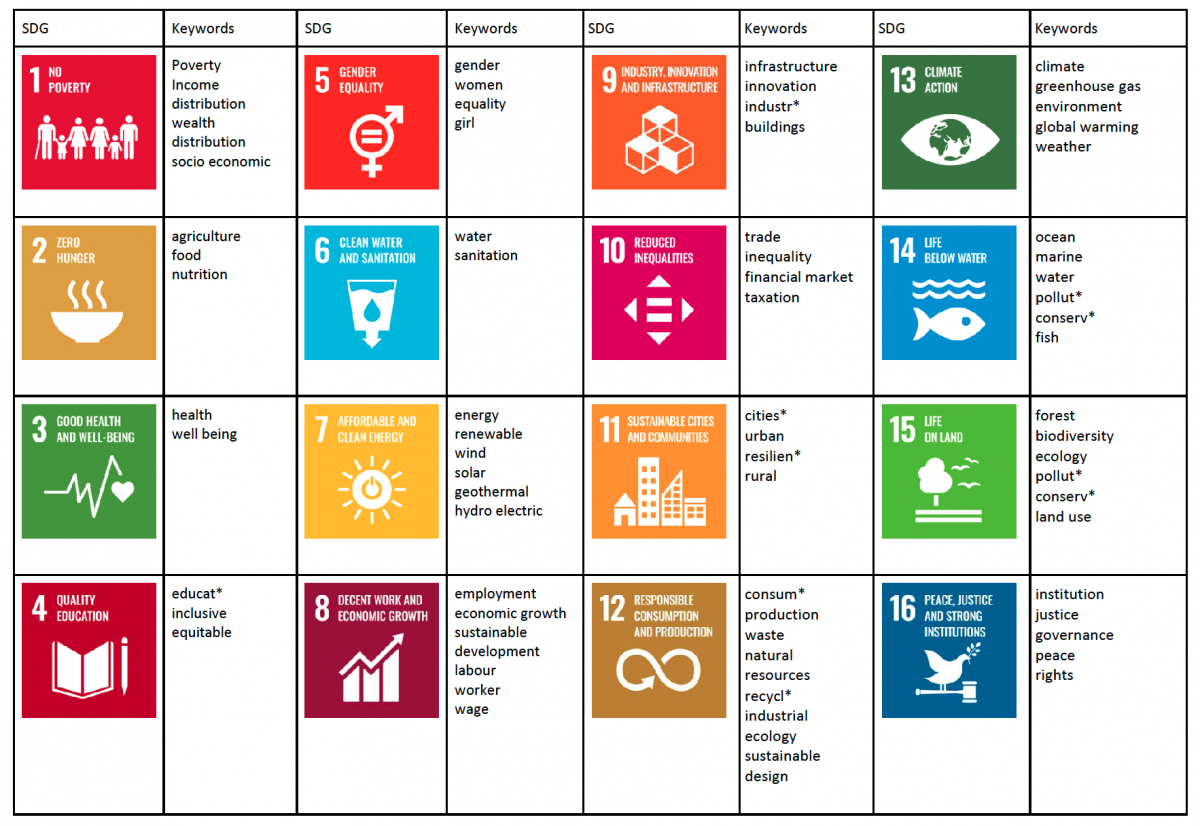Conducting research for a master thesis is a challenging yet rewarding endeavor, particularly when exploring complex topics such as the qualification of projects for additional Sustainable Development Goal (SDG) impact. This study delves into the intricacies of aligning projects with the United Nations' SDGs, examining the criteria, methodologies, and challenges involved in achieving measurable and meaningful contributions. By analyzing existing frameworks and case studies, the research aims to identify the barriers and opportunities in enhancing SDG impact. Understanding these dynamics is crucial for policymakers, organizations, and researchers striving to maximize the global benefits of sustainable development initiatives.

Research for Master Thesis: How Hard Is It to Qualify Project for Additional SDG Impact?
Understanding the SDG Framework and Its Relevance
The Sustainable Development Goals (SDGs) are a set of 17 global objectives established by the United Nations to address critical issues such as poverty, inequality, climate change, and environmental degradation. For a master thesis, understanding the SDG framework is crucial as it provides a structured approach to evaluating the impact of projects. Researchers must familiarize themselves with the indicators and targets associated with each goal to assess how a project aligns with or contributes to these objectives. This alignment is essential for qualifying a project for additional SDG impact.
Challenges in Aligning Projects with SDGs
Aligning projects with SDGs is not straightforward due to the complexity of the goals and their interconnected nature. One major challenge is the lack of standardized metrics for measuring impact across different sectors. Additionally, projects often have multiple stakeholders with varying priorities, making it difficult to achieve consensus on which SDGs to prioritize. Researchers must navigate these challenges by developing customized evaluation frameworks that consider the unique context of each project.
See Also Double Counting Issues Within VCMs: How High Is the Risk?
Double Counting Issues Within VCMs: How High Is the Risk?Methodologies for Assessing SDG Impact
To qualify a project for additional SDG impact, researchers must employ robust methodologies. Common approaches include qualitative assessments, such as stakeholder interviews and case studies, and quantitative methods, like data analysis and impact modeling. A combination of these methods often yields the most comprehensive results. Below is a table summarizing key methodologies:
| Methodology | Description |
|---|---|
| Stakeholder Interviews | Gather insights from individuals directly involved in or affected by the project. |
| Case Studies | Analyze real-world examples to identify patterns and lessons learned. |
| Data Analysis | Use statistical tools to measure project outcomes against SDG indicators. |
| Impact Modeling | Simulate potential outcomes to predict long-term effects on SDGs. |
Role of Stakeholder Engagement in SDG Qualification
Stakeholder engagement is a critical factor in qualifying projects for additional SDG impact. Engaging stakeholders ensures that diverse perspectives are considered, leading to more inclusive and sustainable outcomes. Researchers must identify key stakeholders, such as local communities, government agencies, and private sector partners, and involve them throughout the project lifecycle. Effective engagement strategies include workshops, surveys, and collaborative decision-making processes.
Case Studies: Successful SDG Qualification Projects
Examining case studies of projects that successfully qualified for additional SDG impact provides valuable insights. For instance, a renewable energy project in a developing country might align with SDG 7 (Affordable and Clean Energy) and SDG 13 (Climate Action). By analyzing such cases, researchers can identify best practices and common pitfalls. Below is a table highlighting key elements of successful projects:
See Also Recommendations for Classes, Certificates, Courses RE: Carbon Broker and Carbon Auditor
Recommendations for Classes, Certificates, Courses RE: Carbon Broker and Carbon Auditor| Project | SDGs Addressed | Key Success Factors |
|---|---|---|
| Renewable Energy Initiative | SDG 7, SDG 13 | Strong stakeholder collaboration, clear impact metrics. |
| Education Program | SDG 4 | Community involvement, scalable model. |
| Healthcare Access Project | SDG 3 | Partnerships with local governments, data-driven approach. |
Understanding the Challenges of Aligning Projects with Additional SDG Impacts
1. Defining the Scope of SDG Impact in Academic Research
When conducting research for a master thesis, one of the first challenges is defining the scope of Sustainable Development Goals (SDGs) impact. The SDGs encompass a broad range of objectives, from eradicating poverty to promoting sustainable cities. Researchers must identify which specific goals their project aligns with and determine how to measure the additional impact. This requires a deep understanding of the SDG framework and the ability to translate theoretical concepts into practical metrics. Without a clear scope, it becomes difficult to qualify a project for additional SDG impact, as the research may lack focus or fail to meet the rigorous standards required by academic institutions.
2. Identifying Relevant Indicators for SDG Qualification
Another critical aspect of qualifying a project for additional SDG impact is identifying the relevant indicators that align with the chosen goals. These indicators serve as benchmarks to measure progress and impact. For instance, if a project aims to contribute to SDG 13 (Climate Action), indicators such as carbon footprint reduction or renewable energy adoption may be relevant. However, selecting appropriate indicators can be challenging, as they must be both measurable and meaningful. Researchers must also ensure that these indicators are recognized by international bodies like the United Nations to maintain credibility and relevance in their findings.
3. Balancing Academic Rigor with Practical Application
Balancing academic rigor with practical application is a significant hurdle in qualifying a project for additional SDG impact. While academic research demands thorough analysis and theoretical grounding, SDG-related projects often require actionable insights that can be implemented in real-world scenarios. This dual focus can create tension, as researchers must navigate between producing high-quality academic work and ensuring their findings are applicable and impactful. Striking this balance is essential for the project to be recognized not only within academic circles but also by policymakers and practitioners who can drive change based on the research outcomes.
See Also I've Just Completed a Video on Carbon Credits for My Decarbonize! Channel That I Thought This Group Would Appreciate.
I've Just Completed a Video on Carbon Credits for My Decarbonize! Channel That I Thought This Group Would Appreciate.Research for a master thesis that aims to qualify a project for additional SDG impact often involves interdisciplinary approaches. The SDGs are inherently interconnected, meaning that a project addressing one goal may have ripple effects on others. For example, a project focused on clean water (SDG 6) may also impact health (SDG 3) and education (SDG 4). This complexity requires researchers to collaborate across disciplines, integrating knowledge from fields such as environmental science, economics, and social studies. Navigating this interdisciplinary landscape can be challenging, as it demands a broad skill set and the ability to synthesize diverse perspectives into a cohesive research framework.
5. Overcoming Data Collection and Analysis Challenges
Data collection and analysis are pivotal in qualifying a project for additional SDG impact, yet they present significant challenges. Researchers must gather high-quality data that accurately reflects the project's impact on the chosen SDGs. This often involves working with limited resources, accessing hard-to-reach populations, or dealing with incomplete datasets. Additionally, analyzing this data requires advanced statistical and analytical skills to draw meaningful conclusions. The process is further complicated by the need to ensure data integrity and avoid biases, which can undermine the credibility of the research. Overcoming these challenges is crucial for producing robust findings that can substantiate the project's contribution to the SDGs.
Frequently Asked Questions (FAQ)
What are the main challenges in qualifying a project for additional SDG impact?
Qualifying a project for additional Sustainable Development Goals (SDG) impact can be challenging due to the complexity of aligning the project's outcomes with the specific targets and indicators of the SDGs. One major challenge is the lack of standardized metrics for measuring impact across different sectors. Additionally, projects often face difficulties in demonstrating additionality, which refers to the impact that would not have occurred without the project. This requires robust data collection and analysis, which can be resource-intensive. Furthermore, stakeholders may have differing interpretations of what constitutes meaningful SDG impact, leading to potential conflicts or misalignments.
How can a researcher ensure their project aligns with multiple SDGs?
To ensure a project aligns with multiple SDGs, researchers should start by conducting a thorough mapping exercise to identify which goals and targets are most relevant to their project. This involves understanding the specific indicators associated with each SDG and how the project's activities and outcomes can contribute to them. Collaboration with stakeholders, including local communities, governments, and NGOs, can provide valuable insights into the real-world impact of the project. Additionally, researchers should consider using integrated frameworks or tools designed to assess multi-dimensional impacts, such as the SDG Impact Assessment Tool, to ensure a comprehensive alignment with the SDGs.
What role does data play in demonstrating SDG impact?
Data plays a critical role in demonstrating SDG impact, as it provides the evidence needed to show how a project contributes to the goals. High-quality, disaggregated data is essential for tracking progress against specific SDG targets and indicators. Researchers must establish robust data collection methods and ensure that the data is accurate, reliable, and transparent. This often involves using both quantitative and qualitative data to capture the full scope of the project's impact. Additionally, data should be analyzed in a way that highlights the additionality of the project's contributions, showing how the outcomes would not have been achieved without the intervention.
What are the potential benefits of qualifying a project for additional SDG impact?
Qualifying a project for additional SDG impact can bring several benefits, including increased funding opportunities from organizations and investors focused on sustainable development. It can also enhance the project's credibility and visibility, making it more attractive to stakeholders and partners. By aligning with the SDGs, projects can contribute to broader global efforts to address pressing issues such as poverty, inequality, and climate change, thereby amplifying their social and environmental impact. Furthermore, demonstrating SDG impact can help build a stronger case for scaling up the project or replicating it in other contexts, leading to more widespread positive outcomes.
Leave a Reply


Our Recommended Articles